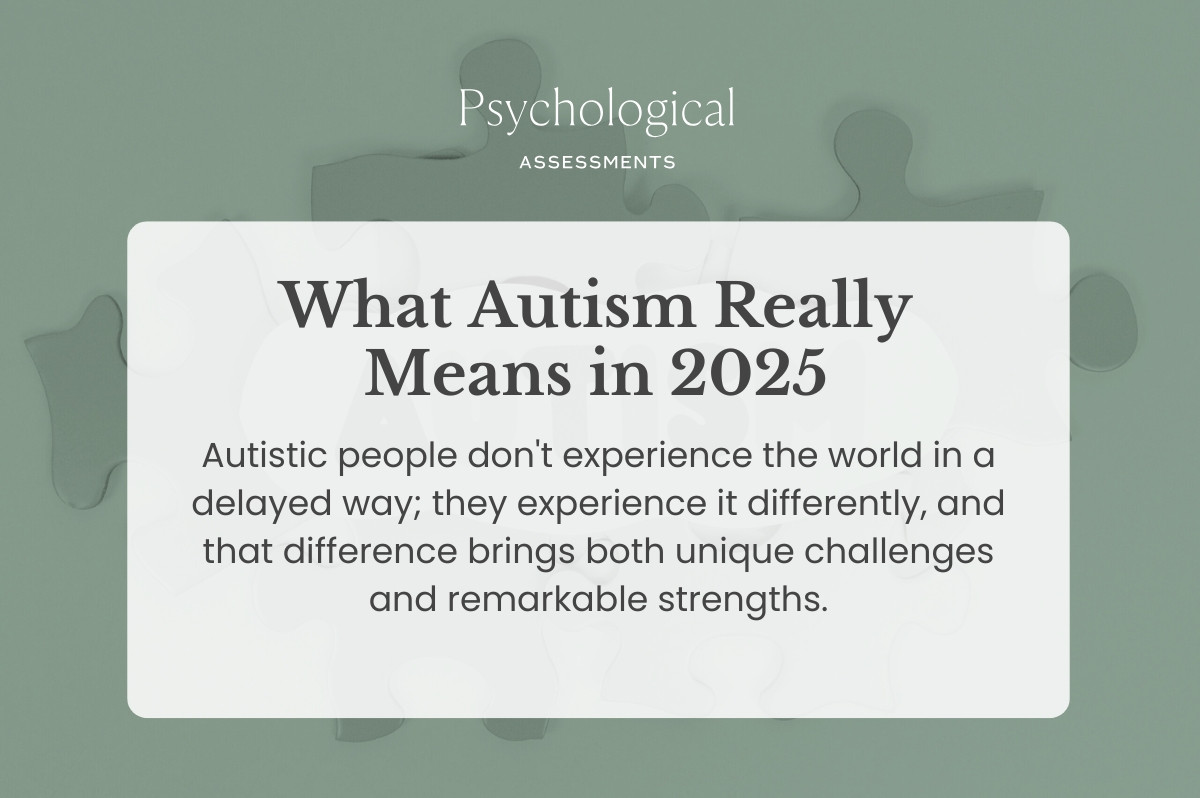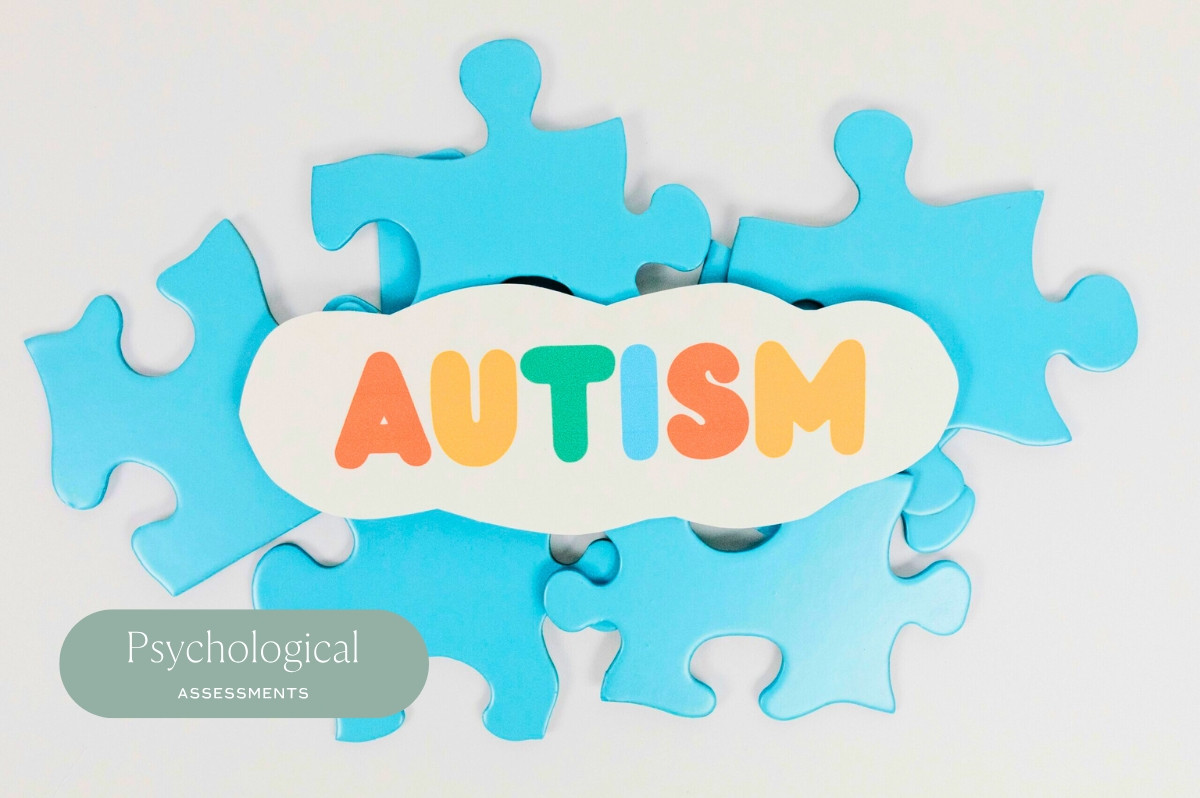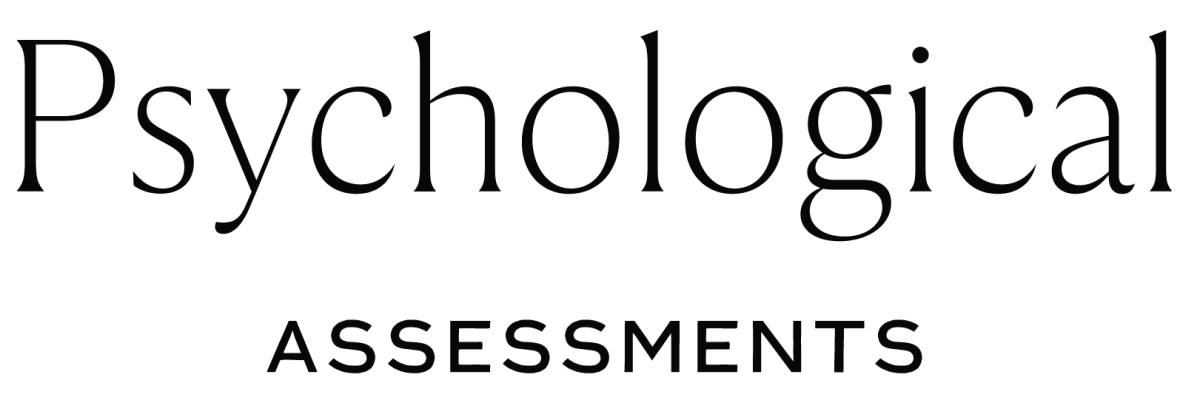Purpose and Perspective
Understanding autism has moved beyond stereotypes, with contemporary assessments and supports that reflect the diverse experiences of autistic people across life spans. This press release highlights a patient-centered, evidence-based understanding of autism that embraces neurodiversity, advances diagnostic clarity, and expands access to tailored resources. As awareness grows, families, educators, and clinicians are seeking reliable guidance on what autism means in 2025, how diagnoses are formed, and what supports can meaningfully improve daily living. Psychological Assessments remains at the forefront, offering rigorous evaluation practices and compassionate, practical information designed to empower individuals and communities. This release also underscores the availability of autism assessments Brisbane to help local residents gain timely insights and planning options for treatment, education, and inclusion. For those navigating concerns about autism, this piece reinforces the value of professional assessment as a first step toward understanding strengths, needs, and pathways to support.
This is the first in a three-part series exploring autism from a strength-based, neuro-affirming perspective. Our goal is to help families, educators, and the broader community better understand autism and support autistic individuals.
Rethinking What We Know About Autism
If you’ve grown up hearing about autism as something that needs to be “fixed” or “overcome,” it’s time for a fresh perspective. Autism isn’t a delay in development—it’s a difference. Autistic people don’t experience the world in a delayed way; they experience it differently, and that difference brings both unique challenges and remarkable strengths.
Think of it this way: if most people’s brains are like Windows computers, autistic brains are more like Macs. They’re not broken Windows—they’re just running a different operating system entirely. Both can do incredible things, but they process information and interact with the world in distinct ways.
The Language We Use Matters
Throughout this series, we’ll use “autistic person” rather than “person with autism.” This might seem like a small detail, but it’s important. Many autistic people prefer this language because autism isn’t something they carry like a backpack—it’s an integral part of who they are, like being tall or having brown eyes.
We’ll also focus on strengths and differences rather than deficits, though we acknowledge that autistic people do face real challenges that require understanding and support.
How Autism is Diagnosed: The DSM-5-TR Criteria
The current diagnostic manual identifies autism through five key criteria, but let’s break these down in everyday language:
Criterion A: Differences in Social Communication and Interaction. This doesn’t mean autistic people are antisocial or don’t want relationships. Instead, they might:
- Communicate more directly (which some people mistake for rudeness)
- Show intense interest in specific topics they’re passionate about
- Find small talk less natural than deep conversations on topics of interest
- Use different patterns of eye contact—sometimes very intense, sometimes minimal. Some autistic people have their own rules about how they engage in eye contact.
- Express themselves through movement (stimming) while talking
Criterion B: Repetitive Behaviours and Strong Interests These aren’t “weird” behaviours—they’re coping mechanisms and sources of joy:
- Stimming (repetitive movements) helps regulate their nervous system
- Following routines provides comfort in an unpredictable world
- Special interests aren’t obsessions—they’re genuine passions that can lead to expertise
- Collecting and organising items in specific ways helps create order
Criteria C, D, and E: The Practical Considerations
- These differences must be present from early childhood
- They create challenges in meeting everyday demands
- They’re not better explained by an intellectual disability
The Autism Spectrum: Why No Two Autistic People Are Alike
When we say “spectrum,” we’re not talking about a line from “less autistic” to “more autistic.” Instead, think of it like a colour wheel—every autistic person has their own unique combination of traits, strengths, and challenges.
One autistic person might be a brilliant mathematician who struggles with grocery shopping, while another might be socially confident but find certain textures unbearable. Some are chatty and outgoing about their interests; others communicate better through writing or art.
What This Looks Like in Real Life
Let’s paint a picture of how autism might appear in everyday situations:
At the Coffee Shop: While neurotypical people might make small talk with the barista, an autistic person might:
- Order the same drink every time (routine provides comfort)
- Wear noise-cancelling headphones (managing sensory input)
- Seem focused on their phone but actually be using it to cope with feeling overwhelmed and anxious
- Pay with exact change they’ve carefully counted beforehand
At Work: An autistic colleague might:
- Excel at detailed, systematic tasks others find tedious
- Need written instructions rather than verbal ones
- Take breaks in quiet spaces to recharge
- Ask direct questions that cut straight to the heart of issues
- Bring unique perspectives that others haven’t considered
In Friendships: Autistic people often:
- Form deep, loyal friendships based on shared interests
- Show care through actions rather than typical social niceties
- Prefer one-on-one time to group gatherings
- Remember incredible details about their friends’ interests
- Offer honest, valuable feedback when asked
Breaking Down Stereotypes
Media representations have given us a narrow view of autism—usually showing white, male characters who are either mathematical geniuses or completely non-speaking. The reality is far richer:
- Autistic people come from all backgrounds, genders, and cultures
- Many are highly verbal and articulate
- Some discover their autism as adults, having masked their traits for years
- Intellectual abilities vary just as much as in the general population
- Many have successful careers, relationships, and families
The Hidden Reality: Sensory Differences
One of the most significant aspects of autism that often goes unnoticed is sensory processing differences. Imagine if:
- Fluorescent lights felt like strobe lights
- Certain fabrics felt like sandpaper on your skin
- You could hear every conversation in a busy restaurant simultaneously
- Some foods felt impossibly overwhelming in your mouth
- You craved deep pressure or movement to help your body feel regulated and calm
For autistic people, these aren’t dramatic exaggerations—they’re daily realities that require constant navigation and accommodation.
In Part 2 of this series, we’ll explore the support levels used in autism diagnosis, common co-occurring conditions, and the assessment process. We’ll also discuss the important topic of masking and why early recognition matters.
Final Thoughts
If you’re recognising these traits in yourself or a loved one, know that seeking understanding and support is a positive step. Our team of experienced psychologists can provide comprehensive autism assessments and ongoing support tailored to individual needs.
Purpose and Approach
 Brisbane is a dynamic river city known for its outdoor lifestyle, warm climate, and growing health services landscape. Psychological Assessments provides autism assessments within Brisbane and its surrounding suburbs, making expert neurodevelopmental evaluation accessible to families and adults across metropolitan and regional areas. The practice focuses on clear explanations, respectful communication, and practical recommendations that support real-world functioning.
Brisbane is a dynamic river city known for its outdoor lifestyle, warm climate, and growing health services landscape. Psychological Assessments provides autism assessments within Brisbane and its surrounding suburbs, making expert neurodevelopmental evaluation accessible to families and adults across metropolitan and regional areas. The practice focuses on clear explanations, respectful communication, and practical recommendations that support real-world functioning.For more information about Understanding Autism – Part 1: What Autism Really Means in 2025, and the role of autism assessments Brisbane in guiding decisions, Psychological Assessments offers consultations to review concerns, discuss results, and outline next steps. An updated pathway for adults seeking evaluation is included, including considerations for an adult autism diagnosis Brisbane. Our team can help identify appropriate supports, referrals, and services to enhance daily living, education, and work outcomes. Schedule a consultation to learn about the assessment process, timelines, and personalised recommendations for ongoing care and planning.






